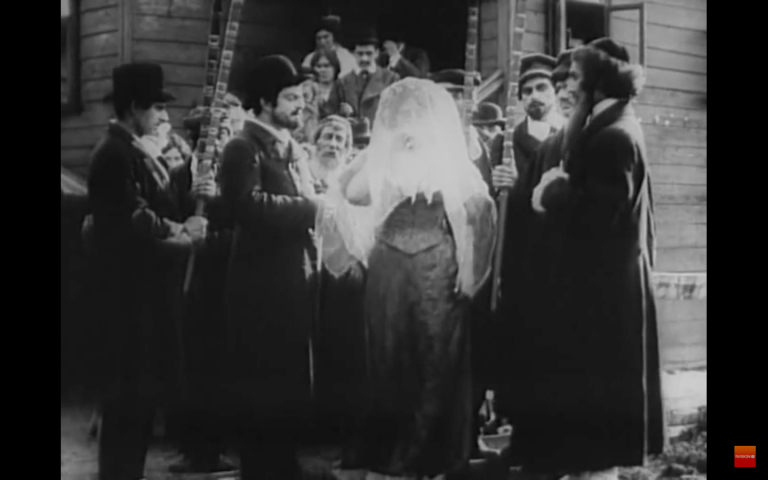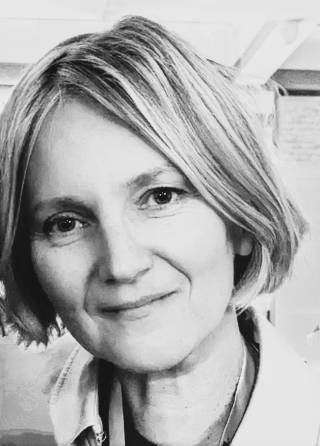K/INOSTRANTSY: Towards a New History of the Early Cinema in the Empire of All the Russias
24 October 2022, 6:00 pm–8:00 pm

A SSEES Russian Cinema Research Group seminar with Natascha Drubek-Meyer
This event is free.
Event Information
Open to
- All
Availability
- Yes
Cost
- Free
Organiser
-
SSEES
Location
-
Masaryk RoomUCL School of Slavonic and East European Studies16 Taviton steretLondonWC1H 0BW
Viktor Korotkii in 2009 criticised Soviet studies of early cinema as “fragmented, unsystematic, ideologically and aesthetically conformist, and biased”. In addition, Natascha's recent research suggests that the ideological strategies of obliterating key figures of “pre-revolutionary” cinema amount to a discrimination of all those who cannot be subsumed under the category of Russian men.
Until today, most scholarship of early cinema is still rooted in a Soviet understanding of this period in its Russified version. As a matter of fact, most of the Empire’s cinema pioneers were foreigners in one way or the other, men and women who were diverse in the sense of class, language, religion, nationality, and ethnicity – speaking not only French and Russian but also Polish, German, and Yiddish, just to name a few of the major languages spoken in the Empire’s budding film business.
Since Soviet historiography was also deeply colonial, its critique could lead to discoveries not only of figures hidden from our sight but also to a change how we look upon figures well-known.
We could ask ourselves why a Jagielsky has not been appropriated into Polish media history, how we can research the biographies of “quarrelsome wives” co-directing film productions, why women in the Empire were a central force in script writing? And we will have to face an uncomfortable question: How can we – in the face of an ongoing war using nationalist and colonial discourses in its propaganda – decolonise the relationship to our subject area which we still call Russian cinema? I suggest starting this process by researching the careers and biographies of the kinostrantsy (film-foreigners) who invented, made, and exhibited moving images in the Empire of All the Russias.
SPEAKER

On 31 December 2021 a prepub of her most recent work under the title Hidden Figures: Rewriting the History of Cinema in the Empire of All the Russias came out, followed by Denise Youngblood’s commentary. These were the first two submissions to the new Apparatus Book Lab which in the future will take place on the Manifold platform, allowing for a better dialogue between scholars (you are invited to participate!).
While in SSEES as a Visiting Research Fellow, Natascha is working with Rachel Morley on editing the next Apparatus special issue which will be called Haunted Medium. Moving Images in the Russian Empire.
Image credit: L`Khaim (1910)
 Close
Close

